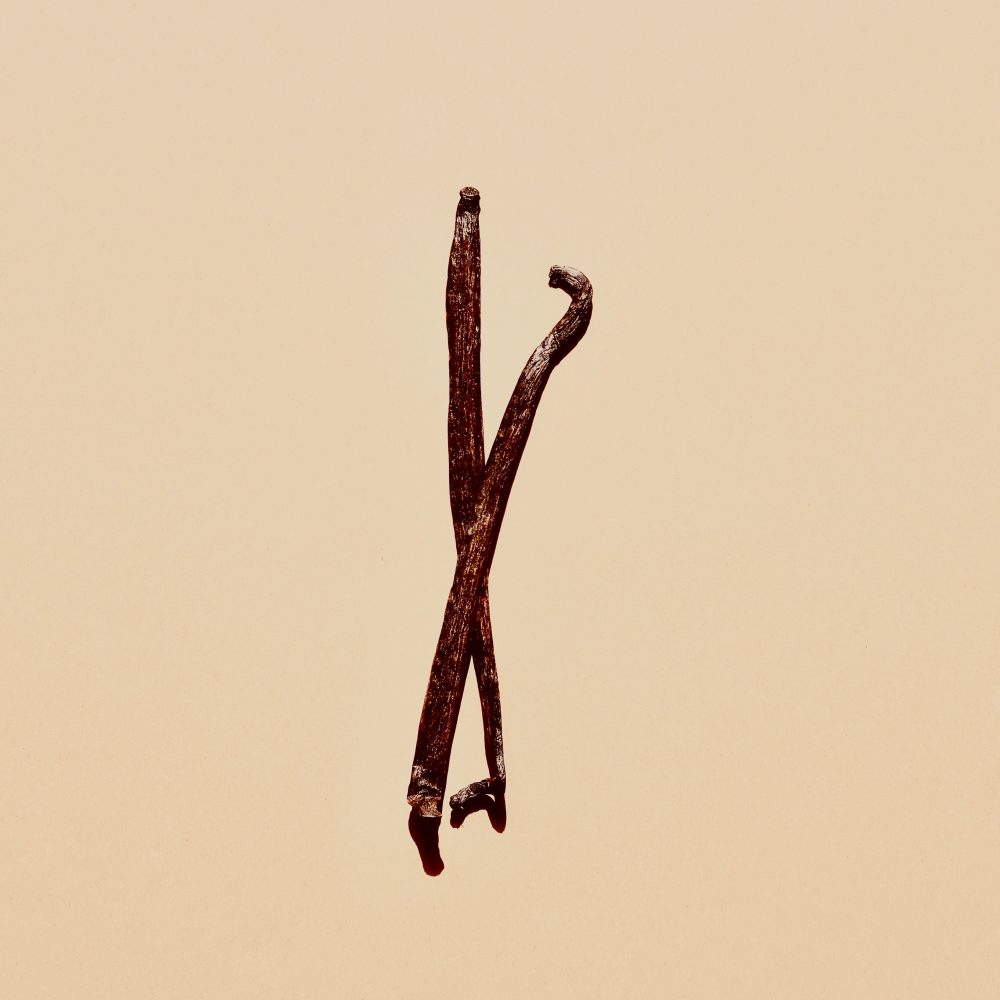This post is a Part II of our post explaining the different types of vanilla beans. In our earlier post we noted that there are 3 different species of Vanilla which are grown in about 6 main areas in the world and that the species and where it is grown effect the flavour of the final bean.
This post looks at the final part of what effects the flavour of the bean which the lengthy process it goes through before it is ready to consume, this process is collectively known as curing.
The Curing Process
The curing process for vanilla happens after the ripe green pods have been picked and has a fairly large effect on the final flavour. There are a number of different curing methods, many of them specific to a particular region and they have four basic steps in common:
- killing the bean
- sweating the beans
- slow-drying, and;
- conditioning of the beans
Killing the Bean
The green vanilla beans need to be killed, which kicks off enzymes within the beans to create the vanilla flavour profile. Essentially killing the beans starts a fermentation process within the bean. There are different ways of killing the bean including hot water, sunlight and roasting in an oven. The different methods of killing the beans creates different enzymes within the beans and so the flavour of the bean is changed.
Sweating the Beans
This is the time period that allows the enzymes already within the beans to create the vanilla flavours and takes around 7-10 days. The beans are kept at a high temperature and humidity by stacking them all together and sometimes wrapping them up to allow the flavours to develop. Once this stage is finished the beans vanilla flavours are almost fully developed but the beans are still very moist around 70-80% water.
Slow-drying the beans
The moisture content of the beans is reduced in this step to concentrate the flavours further. There are many different methods to dry the beans including sunlight and putting in an oven all of which further effect the flavour of the beans, with the aim to reduce the moisture to between 20% to 30%.
Grade A vanilla has a moisture content of around 30% and Grade B a moisture content of around 20%.
Conditioning of the beans
The beans flavours are still not fully developed and so a further conditioning period is carried out. This process is carried out in closed boxes and takes around 3 to 6 months to let the flavours round out.
Once this process if finished the beans are graded.
It is worth noting that because the grading process is determined by appearance, size and moisture that the highest grade beans are not necessarily the most flavorful.

